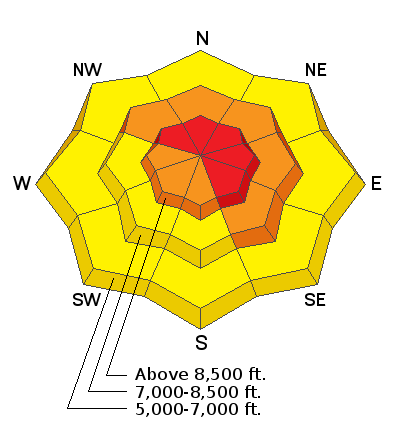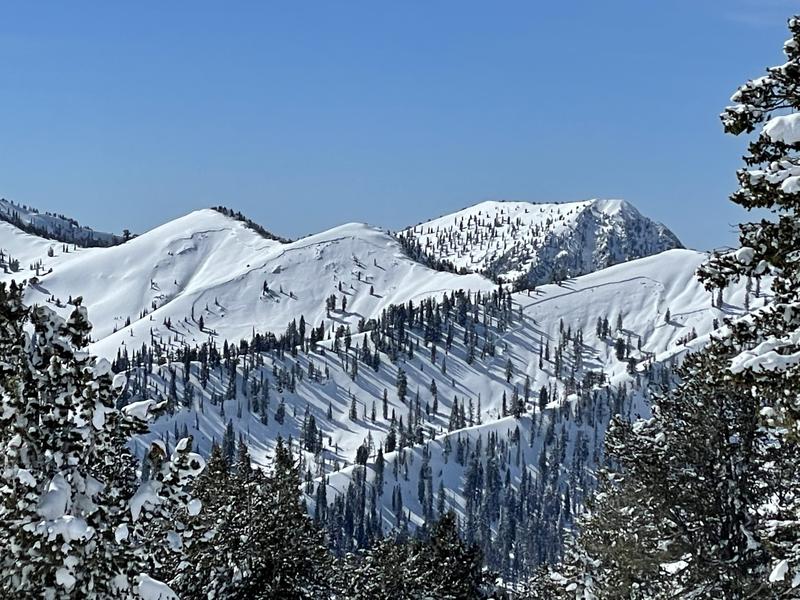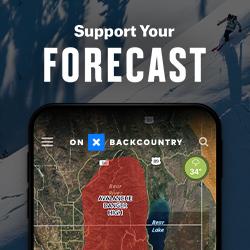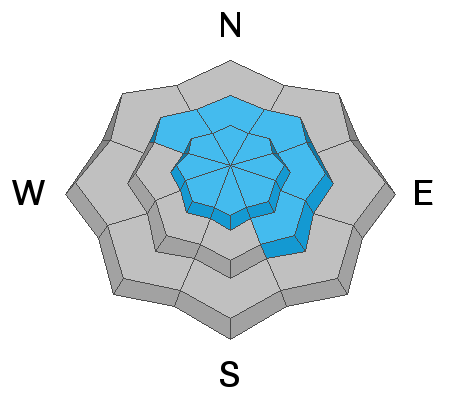Forecast for the Logan Area Mountains

Issued by Toby Weed on
Friday morning, February 26, 2021
Friday morning, February 26, 2021
Conditions in the backcountry are dangerous, and there is CONSIDERABLE danger on steep upper and mid elevation elevation slopes. Heavy snowfall and drifting from strong westerly winds will cause the danger to rise today, especially in the northern part of the zone. HIGH danger may develop on drifted upper elevation slopes. Natural avalanches are possible and people would likely trigger large avalanches failing 3 to 4 feet deep on a widespread buried persistent weak layer if they venture into steep terrain. Large and dangerous avalanches might be triggered remotely, from a distance, or below.
- Expect unstable snow conditions, even if obvious signs of instability are absent.
- Choose safe routes in low angled terrain well out from under and not connected to drifted slopes steeper than about 30 degrees.
- You can find safer conditions in sheltered terrain, at lower elevations, and on gentle lower angled slopes.

Low
Moderate
Considerable
High
Extreme
Learn how to read the forecast here







